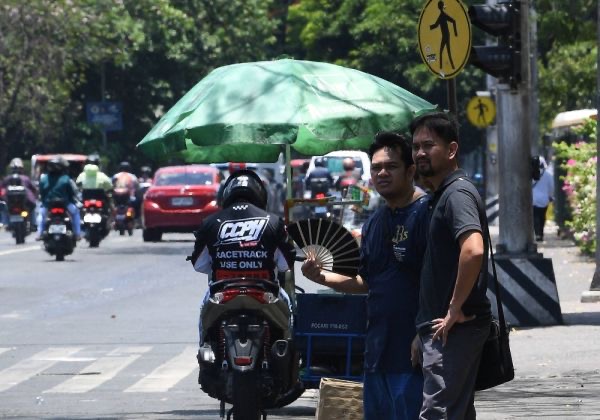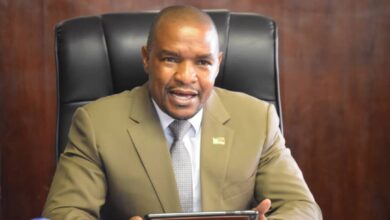Extreme Heatwave Sweeps Philippines

The Philippines is currently grappling with an intense heatwave that has prompted widespread disruptions and raised alarms about the accelerating effects of climate change. On Wednesday, scorching temperatures forced thousands of schools to suspend in-person classes and triggered advisories urging people to limit outdoor activities.
March, April, and May are traditionally the hottest and driest months in the Philippines, but this year’s conditions have been further exacerbated by the El Niño weather phenomenon. The heatwave has been particularly severe, with soaring temperatures and stifling humidity gripping the nation.
In Cavite province, south of Manila, the heat index peaked at a staggering 47 degrees Celsius on Tuesday, leaving residents struggling to cope. Erlin Tumaron, a 60-year-old resort worker, expressed the overwhelming nature of the heat, saying, “It’s so hot you can’t breathe.” Tourist destinations like seaside resorts have experienced a decline in visitors as people choose to stay indoors to avoid the oppressive heat.
The state weather forecaster warned that the heat index would reach the “danger” level of 42 degrees Celsius or higher in at least 30 cities and municipalities on Wednesday. The heat index takes into account both temperature and humidity to determine how hot it feels. With humidity intensifying the discomfort, authorities have called for precautions such as staying hydrated, limiting outdoor exposure, and using umbrellas and hats for protection.
As a result of the extreme heat, nearly 6,700 schools suspended in-person classes, affecting thousands of students across the country. The Department of Education, responsible for overseeing these schools, took the measure to ensure the safety and well-being of students and staff.
Ana Solis, the chief climatologist at the state weather forecaster, emphasized the role of the El Niño weather pattern in exacerbating the heatwave. She also noted that there was a 50% chance of the heat intensifying in the coming days, raising concerns about the prolonged impact on the population.
The scorching conditions have amplified the ongoing drought situation, with approximately half of the country’s provinces officially experiencing drought conditions. The municipality of Aparri, in the northern part of the country, recorded a scorching heat index of 48 degrees Celsius on Tuesday, the highest in the country. The capital city of Manila also faced extreme temperatures, with the heat index reaching 45 degrees Celsius on Tuesday.
The severity of the heatwave compelled more than 400 schools in Manila to switch to remote learning, prioritizing the safety of students in light of the oppressive conditions. Sweltering temperatures and the risk of heat-related illnesses necessitated the adoption of alternative educational arrangements.
Climate change and its impact on global temperatures have been widely discussed. Last year, record-breaking temperatures were observed worldwide, further emphasizing the urgency of mitigating climate change. The United Nations’ weather and climate agency recently highlighted that Asia, including the Philippines, is experiencing a rapid increase in temperatures.
As one of the countries most vulnerable to the effects of climate change, the Philippines is facing the harsh realities of extreme weather events. The current heatwave serves as a stark reminder of the need for concerted efforts to address climate change, reduce greenhouse gas emissions, and build resilience to protect communities from future climate-related disruptions.









